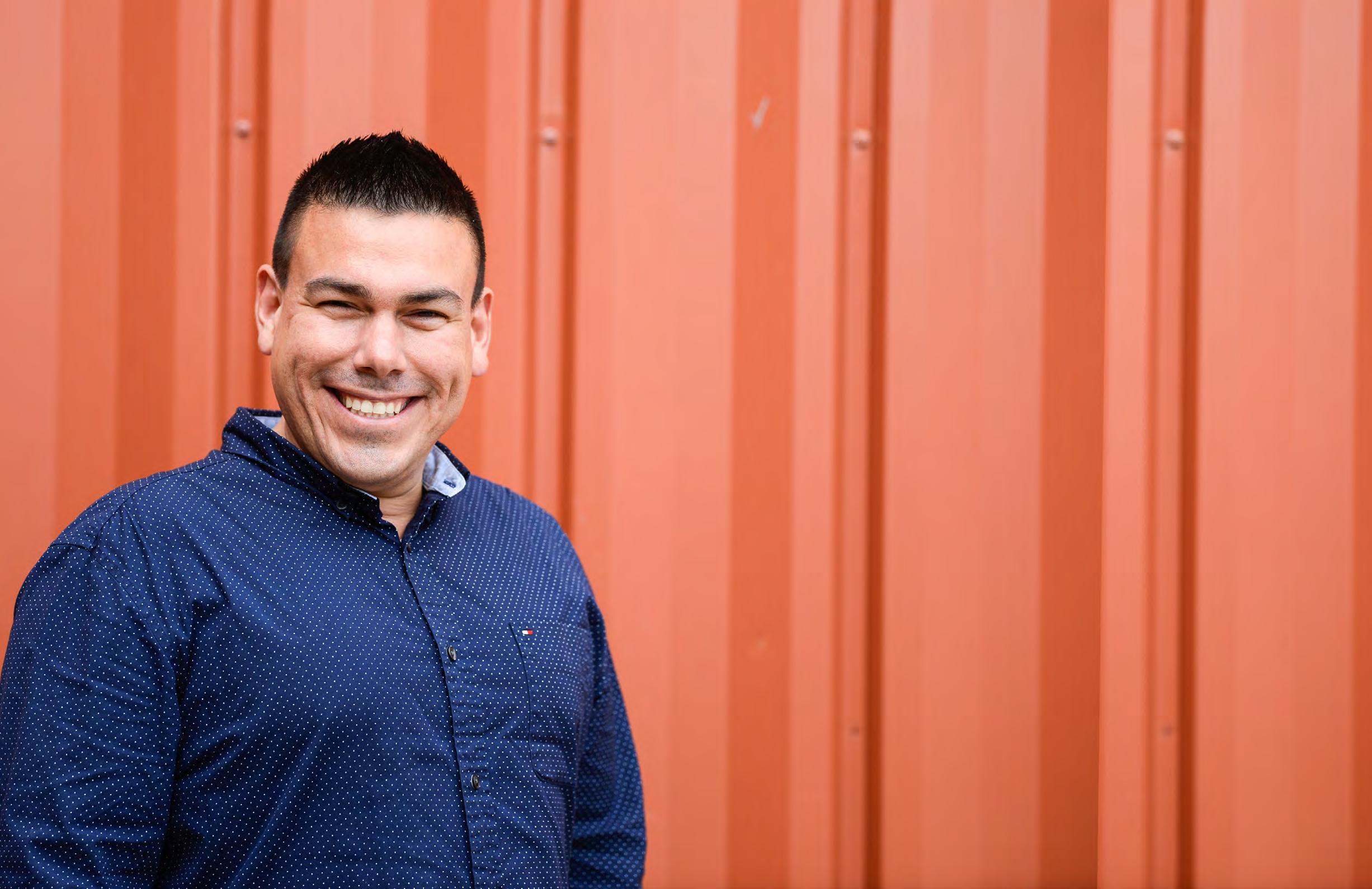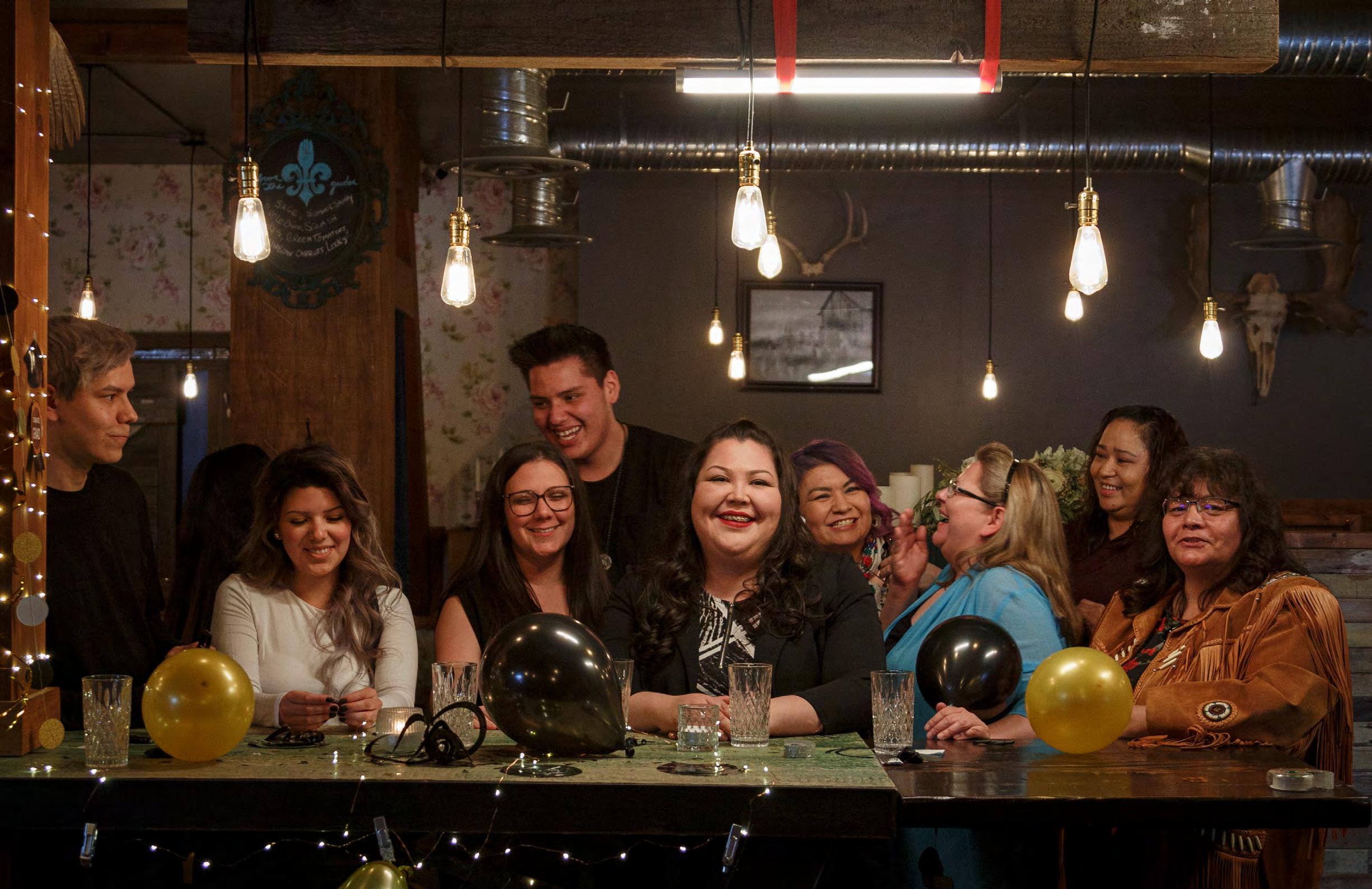
5 minute read
Education Bundle (Nayahcikan 1
NUKSKAHTOWIN • MEETING PLACE
Action Plan:
1. Acknowledge and discuss the differing worldviews that contribute to the university culture, including history and influences in history. Cultural relevance within the academy and a “blending” between Indigenous culture and the mainstream academic community.
2. Conducting cultural teachings with management and a representative of each centre/faculty in a two part session.
This will build a cohort of allies within the institution so that there is shared responsibility between Nukskahtowin and the university. Once the initial teachings have been completed, there will be an opportunity to discuss issues one-on-one with an Elder.
3. Facilitating monthly gatherings to share cultural teachings from Indigenous Elders/Knowledge holders in Athabasca and Edmonton.
4. Disseminate cultural information to the university faculty and staff as a whole, through online resources and further sessions with Elders.
5. Recognize Elders and Indigenous knowledge holders as
Eminent Scholars that can be utilized in all disciplines and at all levels of academia.
6. Utilize technology to reach the broader academic and student audience, including an online profile of Indigenous people at the university and Indigenous leaders who have been part of the AU community. 7. The creation and inclusion of an Indigenous Research methodology course at the undergraduate and graduate levels.
8. Renew and collaborate with Indigenous communities on relationship building and academic offerings.
9. Create an Indigenous mentorship network that includes academics and senior students.
10. Increase the number of Indigenous people working at the university, at all levels.
11. Offer professional development opportunities for AU team members to learn about Indigeneity.
Goal 2: Creation of an ethical space
The creation of an ethical space to discuss Indigenous knowledge and issues will be created through the teachings facilitated from the Elders, knowledge holders, writers and artists, and relationships built with university community members. Ethical space is a common space whereby Indigenous and non-Indigenous AU community members can come together with a common understanding that we are working towards a safe space for discussion for the inclusion of Indigeneity within the academy. This space acknowledges that we come from a community of diversity with diverse worldviews but are working together to create a space for Indigenous inclusion.
NUKSKAHTOWIN • MEETING PLACE

Action Required:
1. Re-creation of the Neheyiwak Council: a group of Cree knowledge holders/Elders and senior management to act as an internal advisory board for initiatives to be undertaken by the university for Indigenous inclusion.
2. Creation of an Internal Allies Committee (IAC) composed of representatives of centres and faculties in the university.
This board is expected to be able to implement action in their respective areas and to provide feedback on initiatives and to generate initiatives.
3. Creation of a Council of Elders to guide Indigenous ideas, issues, and interpretations for the university community.
4. Acknowledgment, acceptance and integration of differing worldviews. Recognition that there are various biases within the academy.
5. Discussions around the Calls to Action of the TRC and UNDRIP.
6. Development of plans and integrations of the goals.
7. Explain Indigenous terminology and language used in the plan.
8. Utilize technology to open spaces for dialogue within the institution.
9. Using different “voices” and Indigenous language to open dialogue regarding Indigenization ideas. 10. Creating an Indigenous Lunch and Learn series.
11. Discussion on intergenerational trauma and how that affects Indigenous people.
Goal 3: Naturalization of Indigenous Knowledge
Indigenous knowledge has always been seen as the “other” knowledge system, separate from traditional western knowledge.
An examination/review of institutional services and academic programming will be conducted to find out how we can adapt our learning systems to make room for Indigenous knowledge across the academy. The collaboration and participation of the IAC will move these recommendations to actions within their centres and faculties. This will make Indigeneity as familiar to us, as a university community, and we will be able to communicate that to our learners.
Action Required:
1. The establishment of an Indigenous knowledge committee with representatives from each faculty to participate and engage in discussion around Indigenous pedagogy, curriculum, and program development. It is expected that each faculty will have an internal committee representative who will be able to participate in Kiyokâtowak (they visit one another) with members of Nukskahtowin.
2. Indigenous learning processes to be incorporated and utilized at all levels of course development.
3. Indigenous Research methodologies to be used in course development and programming, where appropriate.
NUKSKAHTOWIN • MEETING PLACE

4. Inclusion of Indigenous worldviews in course and program development, where appropriate.
5. The interconnectedness of Indigenous relationships to be incorporated in course development, where appropriate.
6. Respect, interconnectedness (relationality): there is no separation from student, parent, Elders and Indigeneity—they are a bundle unto themselves and must be addressed as such.
This includes past, present, and future relatives both animate and inanimate.
7. The recognition of the uniqueness of Indigenous learners and ways to incorporate that uniqueness in course materials.
Goal 4: Indigenous Research Opportunities
Upon completion of the cultural teachings and an examination of the TRC Calls to Action and the UN Declaration on the Rights of Indigenous People, how to implement those into university society, discussions can take place with Indigenous partners, and allies on how to work with Indigenous communities, learners, and entities.
Action Required:
1. Create an online forum or learning series so Indigenous knowledge holders and AU colleagues can discuss Indigenous issues and share commonalities in research.
2. Inclusion of Indigenous epistemology in course development.
3. Map out what decolonization at AU looks like.
4. International Indigenous collaborations.
NUKSKAHTOWIN • MEETING PLACE
5. Collaboration between the Research Centre and Nukskahtowin on a research plan for Indigenous inclusion.
6. Creation of an Indigenous Research Chair will be examined and proposed to move AU forward in its quest to be the partner of Indigenous people.
The Four Year Vision:
The achievement of these goals will result in several areas of success for Athabasca University.
1. The Integrated Learning Environment (ILE): Incorporates
Indigenous Ways of Knowing within the university to address the inclusion of Indigeneity within its academic and administrative parameters.
2. Human Resources: Increase in the number of Indigenous people working at the university throughout all departments.
3. Recruitment: Indigenous specific plans and ways to recruit to Indigenous people, and the introduction of an Indigenous Internship Program for students to introduce succession planning for Indigenous people to be employed within the institution.

4. Recognition: AU is a viable option for Indigenous people who want to stay in their communities and achieve their post-secondary education.
5. Council of Indigenous Elders representing different groups – FNMI: the importance and validation of Indigenous ways of knowing in the academic environment.
6. Inclusion of Indigenous voices and language in the university.
7. Revitalization plan for Indigenous languages, using technology and community members.
8. Indigenous knowledge naturalization at all levels in the university, including other ways of completing doctoral work.
NUKSKAHTOWIN • MEETING PLACE



